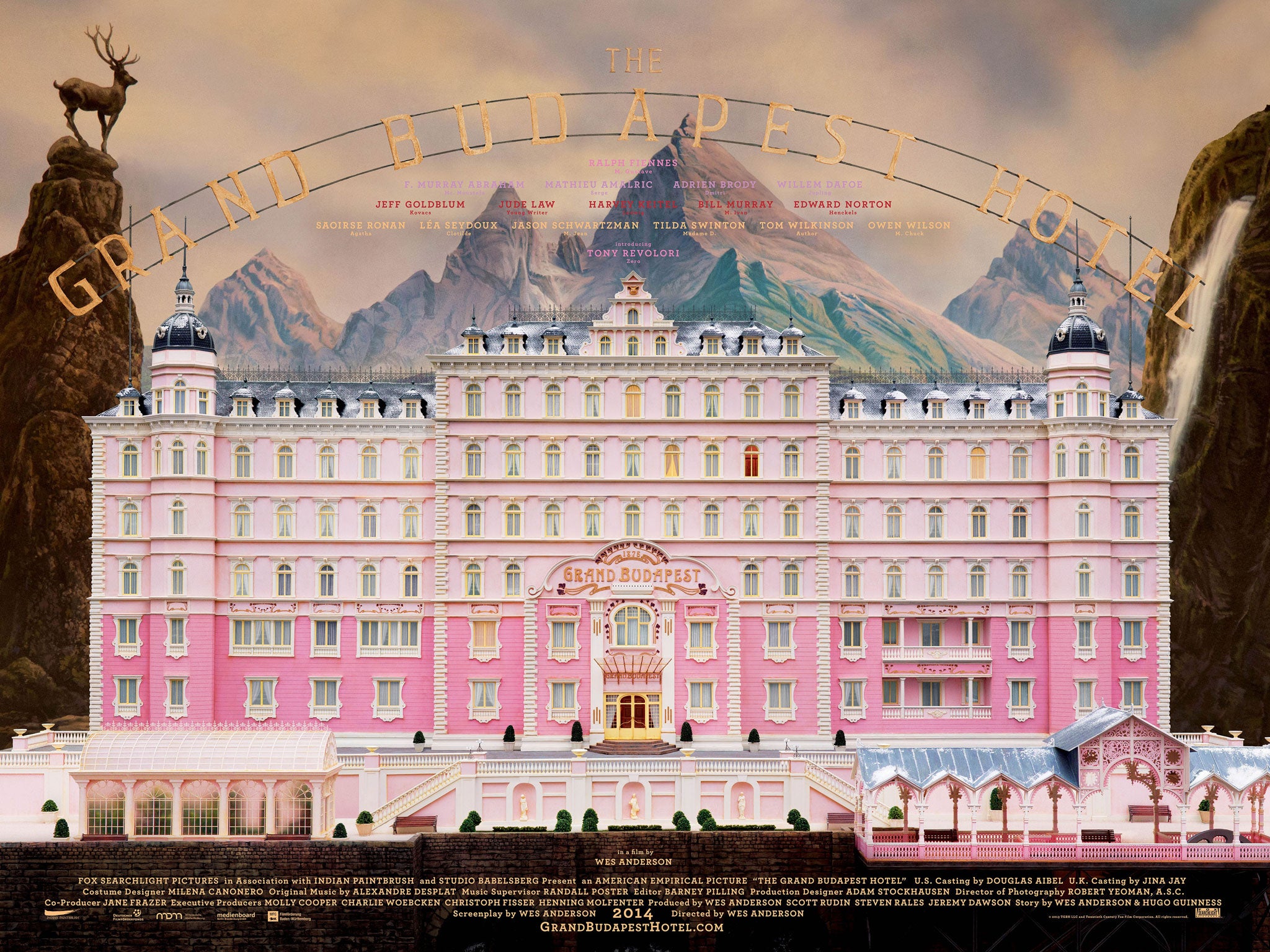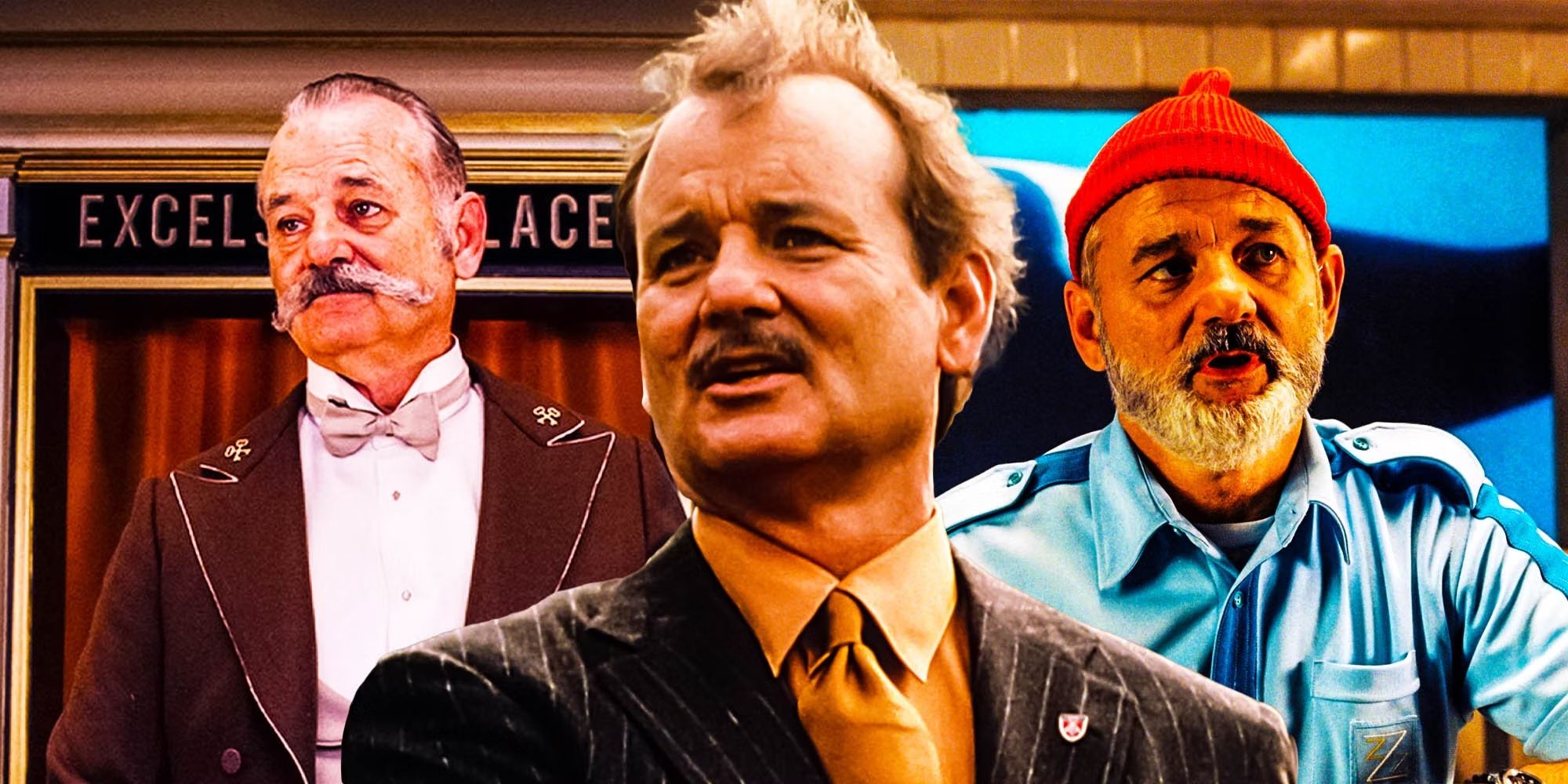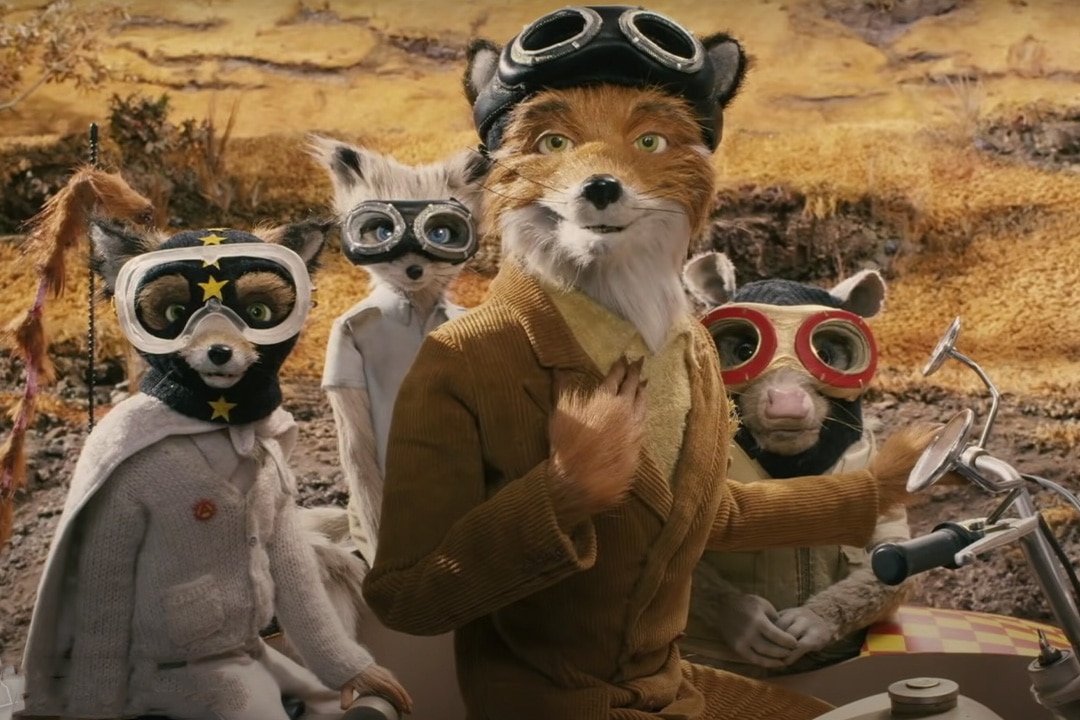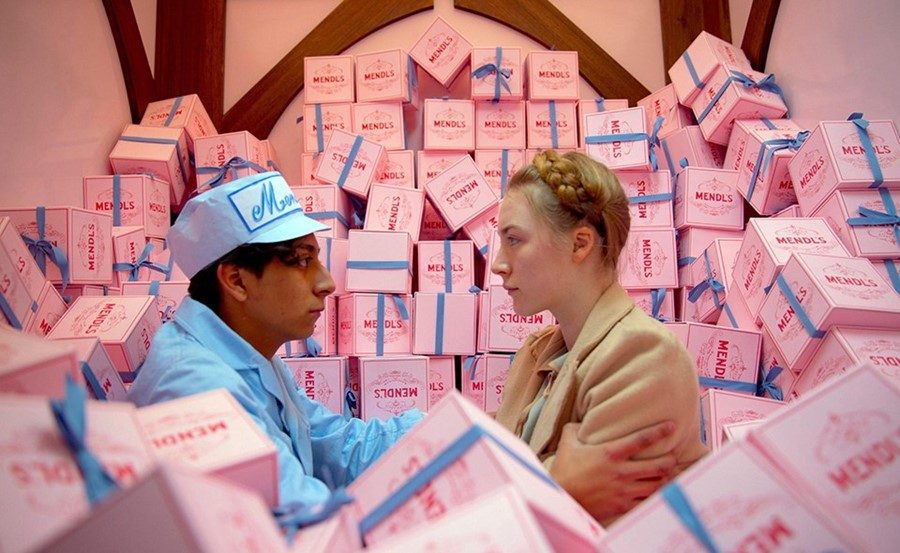Wes Anderson (1969 - Present)
When we talk about the concept of the auteur in contemporary cinema—someone whose personal vision is so distinct that their films feel unmistakably their own—few names stand out more clearly than Wes Anderson. Among living directors, Anderson is arguably one of the most legible and consistent auteurs working today. His films are not only stylistically cohesive; they are instantly recognizable. A single frame—symmetrical, pastel-tinted, immaculately composed—is often enough to signal his authorship. He doesn’t just direct movies. He constructs entire worlds, each detail calibrated according to a singular aesthetic and emotional logic.

Wes Anderson was born in Houston, Texas, on May 1, 1969, and began making films as a child with his brothers. At the University of Texas at Austin, he met Owen Wilson, with whom he co-wrote Bottle Rocket (1996), his first feature. Though it performed modestly, it introduced many of the elements that would come to define Anderson’s career: awkward but sincere characters, stylized dialogue, melancholic humor, and a meticulously curated visual palette. From that point forward, Anderson would not only develop as a director but emerge as one of the most fully-formed visual stylists of his generation.
What makes Anderson such a definitive auteur is not just his authorship of scripts or his personal involvement in production—it is his mise-en-scène, perhaps the most distinctive in all of modern cinema. Every shot is symmetrical, every movement choreographed, every background saturated with period-specific design choices. His use of color is purposeful—often pastel or autumnal, never accidental. His sets resemble dollhouses, miniatures, or stage plays, where the artificiality is not a flaw but a feature. The viewer is not asked to forget that they are watching a movie; they are invited into a crafted universe where every detail matters.

Anderson’s camera movements are just as telling: lateral tracking shots, whip pans, overhead inserts, and frontal close-ups that border on portraiture. These techniques, combined with carefully composed tableaus and slow-motion sequences set to vintage rock or classical music, form a visual grammar that is unmistakably his. No other working director has created a look so widely imitated and so easily parodied—testament to just how singular his style truly is.
In addition to his visual signature, Anderson’s authorship is reinforced by his recurring ensemble cast. Actors like Bill Murray, Jason Schwartzman, Tilda Swinton, Willem Dafoe, Edward Norton, Frances McDormand, and Owen Wilson appear again and again in his work, often playing variations on similar character types—disappointed geniuses, lonely patriarchs, eccentric outcasts, or precocious children with the weight of the world on their shoulders. These characters live in Anderson’s world of emotional repression and quiet longing, where humor and sadness often occupy the same frame.

Narratively, Anderson’s films explore themes of familial estrangement, loss, nostalgia, and the desire for control in a chaotic world. Whether in The Royal Tenenbaums (2001), Moonrise Kingdom (2012), or The French Dispatch (2021), his characters are constantly seeking order—through rituals, routines, or tightly regulated identities—only to find that the world refuses to conform. The symmetry of the visuals becomes a metaphor for the internal desires of his characters: their need to find meaning, beauty, or coherence in a universe that resists it.

Even when venturing into different genres or formats—stop-motion animation in Fantastic Mr. Fox (2009) and Isle of Dogs (2018), or anthology storytelling in The French Dispatch—Anderson never loses his signature. His world-building remains intact. The medium changes; the auteur remains. The mark of authorship is always visible, always consistent.

In an age of studio franchises and anonymous blockbusters, Wes Anderson’s body of work reminds us what auteur cinema looks like in the 21st century. His films are not shaped by market trends or test audiences—they emerge from a clear and personal vision, executed with precision. That commitment to artistic integrity, coupled with a signature so refined it borders on the architectural, makes Anderson not only one of the most distinctive directors alive, but a textbook example of the modern auteur.

Perhaps my favorite introduction to Anderson’s creative process is The Wes Anderson Collection by Matt Zoller Seitz, which blends interviews, visual analysis, and archival materials to trace the evolution of a director whose voice has never wavered.
Works Cited
Seitz, Matt Zoller. The Wes Anderson Collection. Abrams, 2013.
Sconce, Jeffrey. “Auteurism and the Director’s Intent.” Film Theory and Criticism, edited by Leo Braudy and Marshall Cohen, 8th ed., Oxford UP, 2016, pp. 413–426.
Uhlich, Keith. “The Whimsical Auteur: The Films of Wes Anderson.” Slant Magazine, 23 Oct. 2014, https://www.slantmagazine.com/film/the-whimsical-auteur-the-films-of-wes-anderson/ .
Wilson, Jake. “The Art of Artificiality: Wes Anderson and the Aesthetics of Control.” Senses of Cinema, no. 62, Oct. 2012, https://www.sensesofcinema.com/2012/feature-articles/the-art-of-artificiality-wes-anderson-and-the-aesthetics-of-control/ .